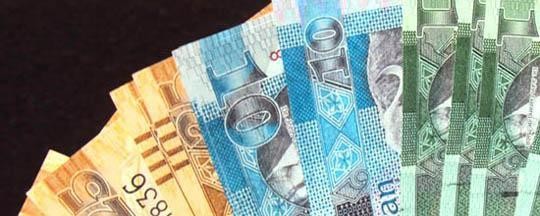James Alic Garang, an analyst at the Juba-based Ebony Center for Strategic Studies says that the central bank is partly to blame for the high price of US dollars in the parallel market. He also expects that implementation of the peace agreement will help the country to recover from its economic crisis.
In an interview with Radio Tamazuj, Garang stated that the economic crisis in South Sudan was initially caused by the civil war and the drop in oil prices at the global market, besides the policy of the Bank of South Sudan, which is responsible for regulating the foreign exchange market.
When asked about rising prices of US dollar at the parallel market, Garang blamed the matter on the central bank’s policies, alluding to the bank’s reluctance to increase the official exchange rate of US dollar.
The International Monetary Fund (IMF) previously said that the South Sudanese government set an exchange rate between the dollar and the South Sudanese pound that is not “realistic,” alleging that the country’s currency policy results in a hidden transfer of resources to individuals with privileged access.
Garang also pointed out that South Sudan has been depending on oil money since its independence in 2011. He added after the civil war broke out in December 2013 in Upper Nile and Unite States, the oil production began to reduce dramatically.




